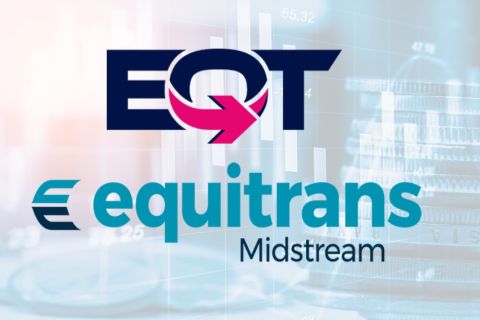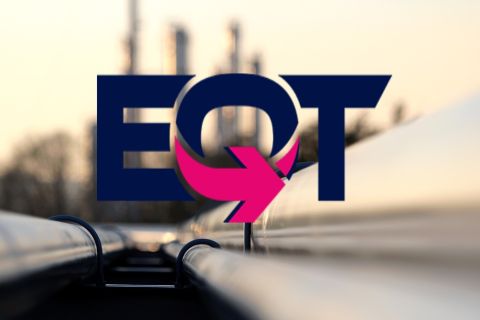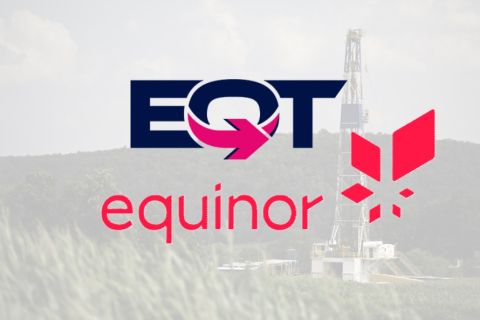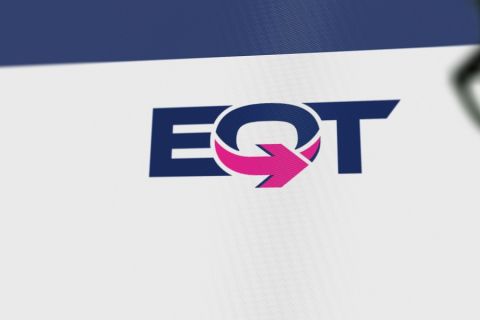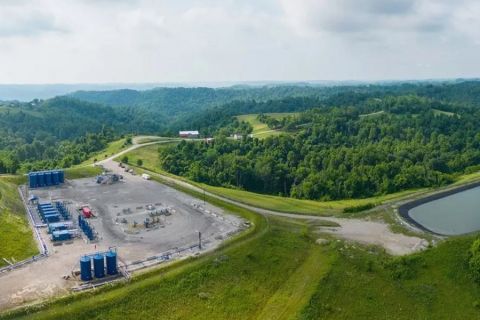Neptune Energy has successfully completed a virtual reality pilot on its operated Gjøa platform in the Norwegian North Sea, enabling teams to make highly realistic virtual visits to the facility, the company said on June 10.
The technology, developed by PaleBlue and used to train astronauts traveling to the International Space Station, will reduce the need for offshore travel, lower costs and associated emissions and support safe operations.
It is the first time PaleBlue’s technology has been applied to an offshore installation of such complexity. Using a VR headset, offshore workers interact with a realistic 3D model of the Gjøa platform from onshore.
“The new virtual reality solution allows employees and contractors to build up knowledge and awareness of the complex multilevel facility without the need to travel. Planning work operations will be safer and more efficient,” Martin Borthne, director of operations in Neptune Norway, said.
Borthne added: “The initiative will together with other projects see an estimated reduction of 30 offshore trips per year. We expect this to grow in the years ahead as digitalization further enhances collaboration over distance, bringing immediate access to expertise and enabling preparation of activities to be carried out from onshore.”
As a first step, Neptune will use the technology for familiarization and safety training, but the scope will be expanded to other complex operational activities such as simulations related to HSE events or to better understand how platform modifications will appear before they have been carried out. In addition, expansion to a multi-user function will enable offshore personnel to meet onshore personnel in the virtual world.
Digitizing operational assets to improve safety, efficiency and reduce environmental impacts is a key component of Neptune Energy’s digital strategy. The company has created digital twins of platforms in the Norwegian, U.K. and Dutch sectors of the North Sea, enabling offshore site inspections and planning work to be carried out onshore. Neptune also uses laser scan technology to carry out detailed engineering work for subsea productions developments which will be tied back to Gjøa.
Recommended Reading
EQT Deal to ‘Vertically Integrate’ Equitrans Faces Steep Challenges
2024-03-11 - EQT Corp. plans to acquire Equitrans Midstream with $5.5 billion equity, but will assume debt of $7.6 billion or more in the process, while likely facing intense regulatory scrutiny.
EQT Ups Stake in Appalachia Gas Gathering Assets for $205MM
2024-02-14 - EQT Corp. inked upstream and midstream M&A in the fourth quarter—and the Appalachia gas giant is looking to ink more deals this year.
EQT Strengthens Appalachian Position in Swap with Equinor
2024-04-16 - EQT, the largest natural gas producer in the U.S., is taking greater control of the production chain with its latest move.
EQT, Equitrans to Merge in $5.45B Deal, Continuing Industry Consolidation
2024-03-11 - The deal reunites Equitrans Midstream Corp. with EQT in an all-stock deal that pays a roughly 12% premium for the infrastructure company.
EQT, Equinor Agree to Massive Appalachia Acreage Swap
2024-04-15 - Equinor will part with its operated assets in the Marcellus and Utica Shale and pay $500 million to EQT in exchange for 40% of EQT’s non-operated assets in the Northern Marcellus Shale.

